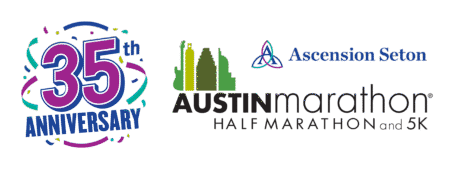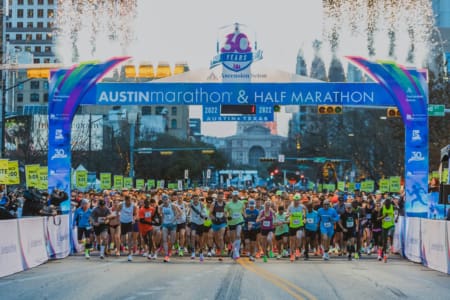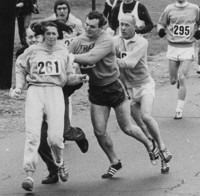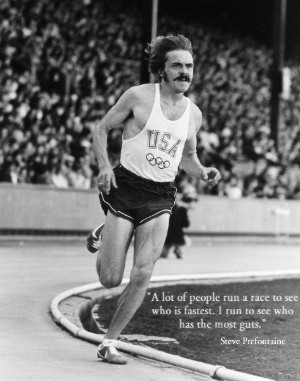How to Fuel Your Training During the Holidays
How to Fuel Your Training During the Holidays
The holidays are upon us, and along with that comes holiday treats, cookie swaps, family dinners, late-night snacks at parties, and more.

If you’re worried about how to include seasonal treats and fuel your training, never fear! Enjoying holiday treats will not automatically lead to poor results in training and performance, and there is a way to approach those holiday traditions that will enable you to maintain a healthy mindset and establish sustainable habits this holiday season. Use the following guidelines to support your training and promote recovery while enjoying traditional holiday favorites.
-
Continue to eat consistent, balanced meals and snacks with carbohydrates, protein, fat, and colorful fruit and vegetables throughout the day. “Saving up” for a holiday feast and skipping meals can set you up for unintentional overeating without satisfying your hunger. Additionally, skipping meals can lead to you missing out on the key nutrient timing opportunities around workouts that are needed for optimal performance and recovery.
-
Include your favorite holiday treats in your fueling plan. It’s much healthier for your mind and body if you include the foods that you enjoy in your fueling plan instead of trying to avoid them altogether or stressing over them.
-
At holiday gatherings, build a performance plate for runners. Fill half of your plate with colorful fruit or vegetables, one fourth of your plate with your favorite source of protein, and use the remainder of your plate for your favorite side dishes, snack type foods, or desserts.

If you are asked to bring an entree or side dish to a party, volunteer to bring one that is fruit or vegetable-based so you will have that as an option.
-
Savor your favorite treats. Don’t settle for a “healthy” version if it’s not what you really want to eat. If you look forward to Aunt Susie’s pumpkin pie every year, have a slice topped with whipped cream and enjoy it!
-
Drink alcohol in moderation. Drinking alcohol in excess can cause dehydration, interfere with sleep, and impair protein synthesis and muscle recovery. Additionally, having an alcoholic drink or two immediately after a workout could possibly prevent you from eating or drinking the nutrients your body will need for optimal muscle recovery. Have a recovery snack or meal prior to imbibing in alcohol, and know your personal limits.
-
If you do overindulge at a holiday gathering, don’t stress over it, and don’t feel as though you need to restrict food or exercise harder the following day to overcompensate. Give yourself some grace, proceed with your workouts as planned, and continue to have consistent, balanced meals with plenty of fluid.
Above all, remember that allowing yourself to enjoy good food with friends and family is an important part of a sustainable fueling plan. Food is more than fuel; it’s also memories, emotions, traditions, and social connections. A few days of holiday eating won’t derail your training, but stressing over every bite may have an effect on your mental and emotional health and may prevent you from fueling adequately in the future. Train hard, recover harder, eat foods that support your training and emotional/mental health, and don’t forget to have fun!
Written by: Maria Rowe, RDN, LDN, CPT
Instagram: @mariarowenutrition
Maria is a registered dietitian, personal trainer, and competitive masters runner. She helps athletes of all ages and abilities develop sustainable nutrition habits for athletic performance and life. She will be competing in the elite field of the 2023 3M Half Marathon and Ascension Seton Austin Marathon.







 Why it’s a good running costume
Why it’s a good running costume


